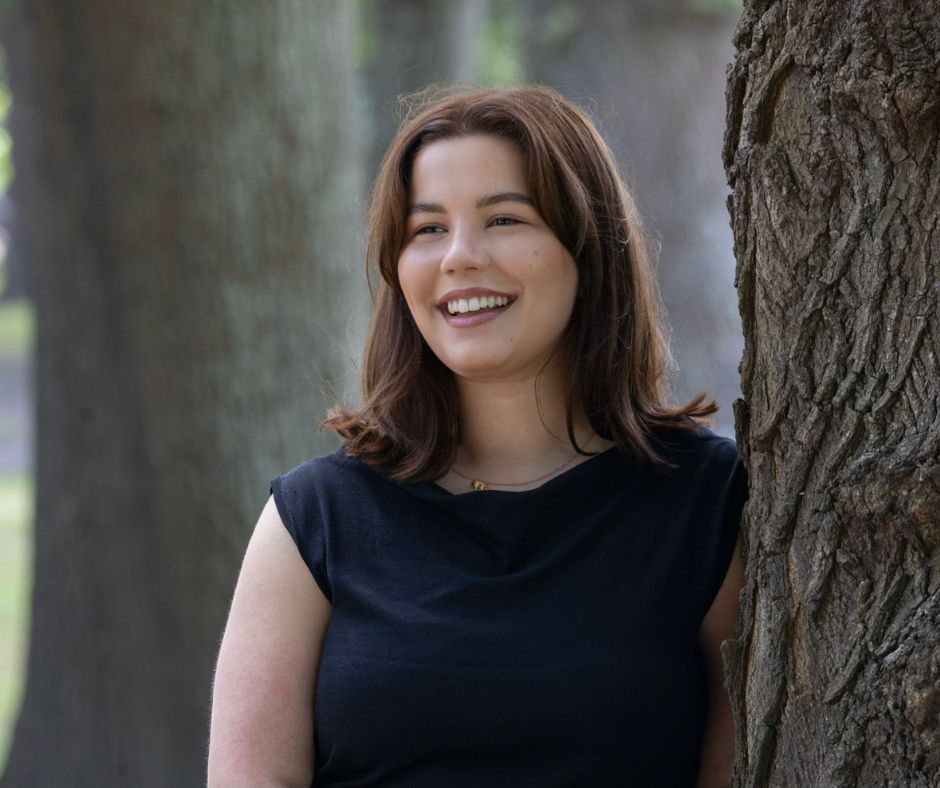Breigh Lawson-Stanley (Ngāi Tahu and Rongowhakaata) took to country life from the get-go, her fondest childhood memories always involving “mucking around” on her family farm in Southland.
“We grew up in a farming community, learning to engage with and to respect the environment,” says Breigh. “Those values have always stayed with me.”
From childhood, Breigh channelled these values, and her know-how, in ways that would benefit her community. When she was ten years old, she was awarded a grant from philanthropist Robert Guyton to develop an orchard in a section in Clifton, Waihōpai that had been levelled by fire.
Valuing Māoritanga
Her commitment to her values hasn’t wavered. Today, Breigh sees the inclusion of Māori perspectives in environmental policy as a critical cross-beam, ensuring that conservation efforts consider mātauranga and honour the rights of tangata whenua.
Breigh received a scholarship from AgResearch to undertake her Masters in Biosecurity Law at Te Whare Wānanga o Waitaha | University of Canterbury that contributes to He Tangata, He Taiao, He Ōhanga. Her research looks at the Biosecurity 2025 framework and seeks to answer the question: “How and to what extent does the current biosecurity framework in Aotearoa take into consideration mātauranga and tikanga Māori in the decision making process?”
Biosecurity 2025 is a partnership between ‘people, organisations, Māori, and central, local and regional government’ which aims to bolster biosecurity systems, in order to ‘protect taonga and New Zealand from pests and diseases’.

Breigh’s research focuses on the representation of Māori within the framework, an area that has been identified as needing more attention.
“AgResearch were looking for law Masters’ students to research that specific issue,” says Breigh. “That’s where I came in.”
“I’m looking at how, and to what extent, the current biosecurity framework considers tikanga and mātauranga in the decision-making stages.”
“Something at the forefront of my mind throughout my research has been the current political environment and the threat Te Ao Māori is facing. I thought, yep, this is a really important kaupapa, and I want to be involved.”
Breigh Lawson-Stanley
With incursions of exotic pests and pathogens (for example, the fall army worm and myrtle rust) imperiling our ability to raise crops and restore biodiversity, a lot is riding on strengthening these biosecurity systems.
“The health of the land is intrinsically connected to Māoritanga,” says Breigh. “As is reflected in our tikanga and mātauranga, Māori have deep investments in biosecurity. Yet, those investments are not currently reflected in the framework.”
Kerry Donovan Brown
